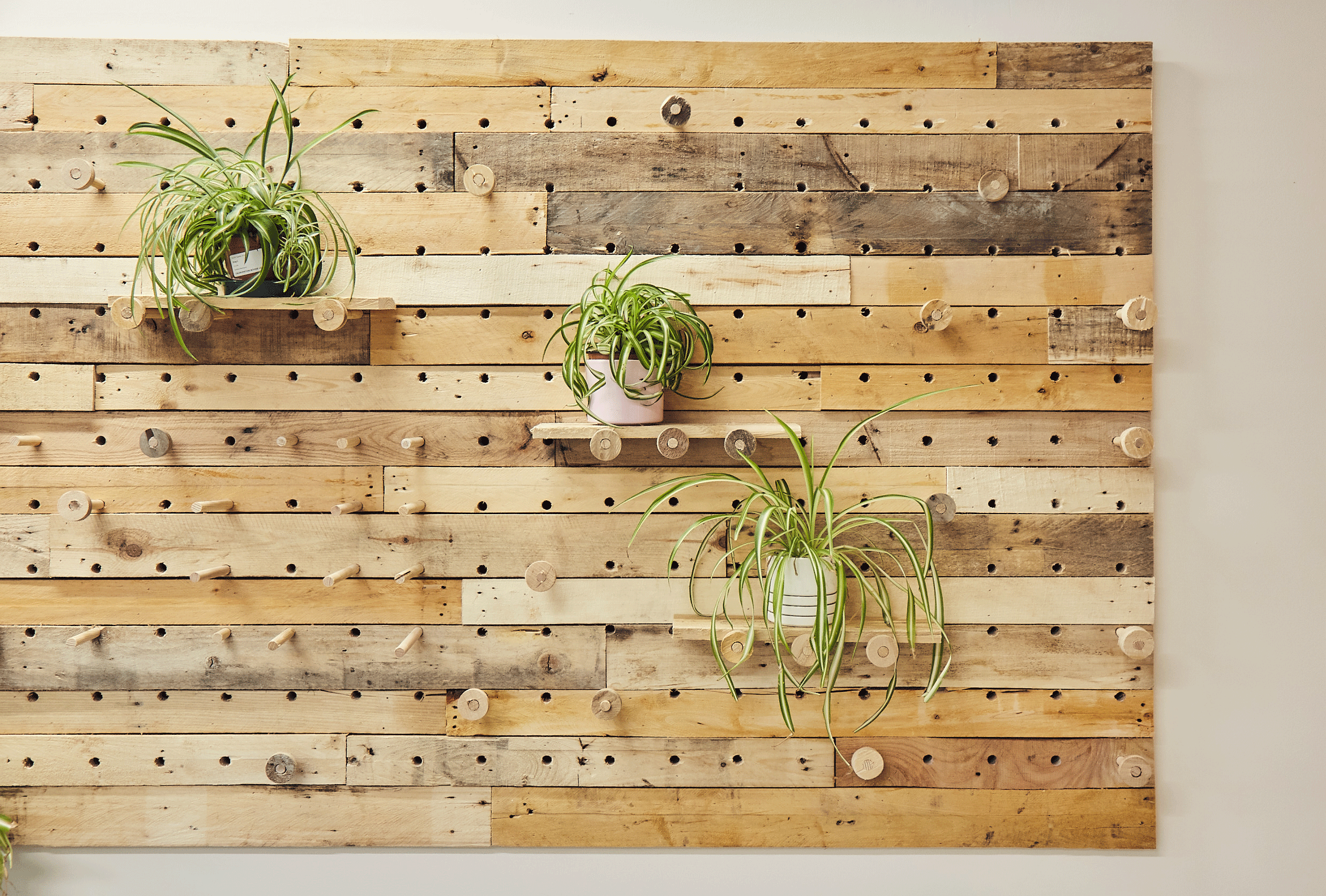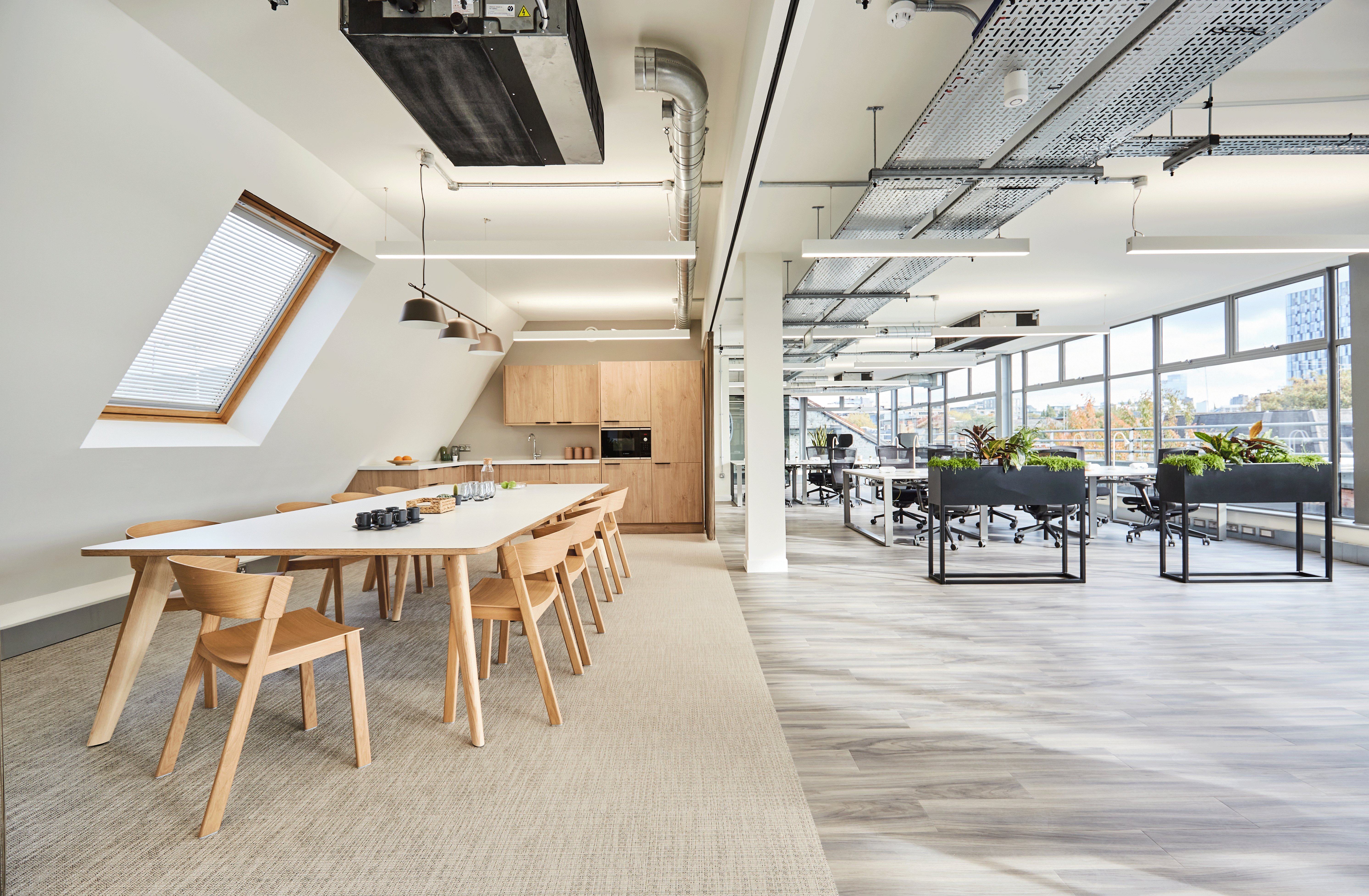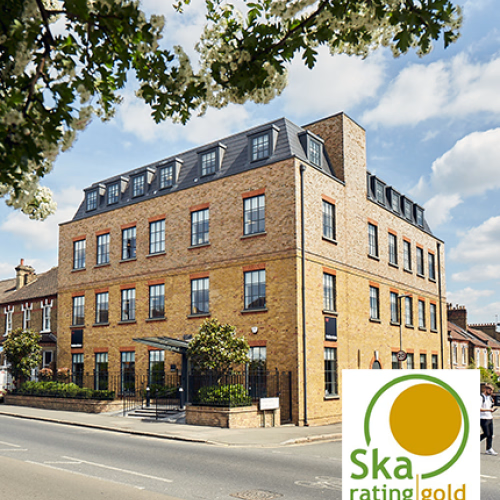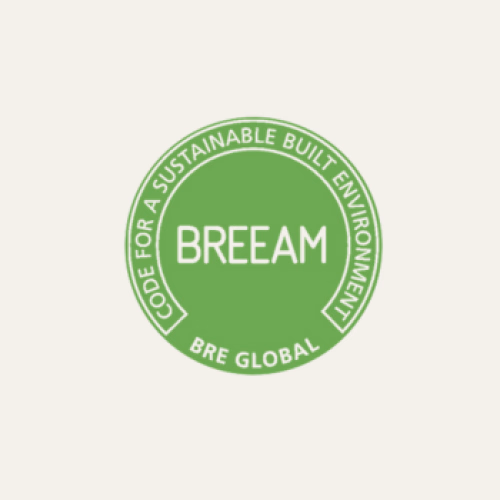WELL: A global benchmark for healthy buildings
The WELL Building Standard™ is a vehicle for buildings and organisations to deliver thoughtful and...
Learn how Peldon Rose can help you achieve LEED certification, the most widely used sustainability and green building rating system in the world.

LEED (Leadership in Energy and Environmental Design), of the U.S. Green Building Council, is the most widely used green building rating system in the world.
To achieve LEED certification, a project earns points by adhering to prerequisites that address factors such as carbon, energy, water, waste transportation, health, and indoor environmental quality. The LEED framework is a necessarily holistic approach to sustainable building health.


LEED certified assets prove better for businesses, people, and the environment. Since 2018, they boast 21% higher average market sale prices per square foot over non-LEED buildings, achieve higher rent and occupancy rates, and help employers boost their recruitment and retention rates. Crucially, with 40% of global CO2 originating from buildings, assets adhering to LEED standards have 34% lower CO2 emissions (the equivalent of avoiding 78 million tons of CO2 released into the atmosphere), 25% less energy consumed, and 11% less water consumed.
Today, investment decisions and business reputability are governed in part by the demonstrated meeting of sustainability targets. Frameworks like LEED, which provide these recognised assurances, are central to organisational success. More than this, they help policymakers, planners, and builders achieve not only their own organisational sustainability goals, but the UN Sustainable Development Goals, too. The synergies between LEED and Global SDGs are many, from saving water and minimising carbon emissions, to creating jobs and enriching community health and resilience.

LEED certification is available for all building types and all building phases, from new construction office blocks to wholesale interior fitouts, warehouses and distribution centres, and family homes. The LEED portfolio encompasses distinct schemes which address each of these separately.
The certification procedure is simple and requires users to be active participants. It is necessary to discern which LEED schemes are most relevant for your projects and supply the relevant data for review. Peldon Rose’s inhouse expertise and LEED accredited professionals can help you on this journey.


Helping clients achieve excellency in their sustainability strategies is engrained in our approach. Throughout the planning, delivery, and occupation of your office interior design and office refurbishment projects we can assist you achieve your sustainability ambitions. Whether it’s LEED, or other sustainability accreditation schemes such as Fitwel, several members of our team can take you through the accreditation process. Ensuring your project meets the LEED Minimum Project Program Requirements, selecting the appropriate LEED Rating System, and establishing the correct data and documentation to submit for GBCI review are all facets of the certification process where we can provide clarity and direction.
Independent location technology experts TomTom recently had their office in Belgrade designed by Peldon Rose's Workplace Strategy team. The project illustrates how incorporating LEED accreditation into office design can be instrumental to design success.
Interested in earning a sustainability accreditation for your business? Contact us for more information.

The WELL Building Standard™ is a vehicle for buildings and organisations to deliver thoughtful and...

Demonstrate corporate responsibility towards planetary health with SKA, an accreditation developed by the...

The BREEAM scheme consists of science led sustainability solutions for your buildings. At Peldon Rose, we...

Learn how Peldon Rose can help you gain Fitwel accreditation, a third-party certification platform that...

Your workplace holds enormous potential to improve your business performance. Get in touch today, and we will unlock that potential together.